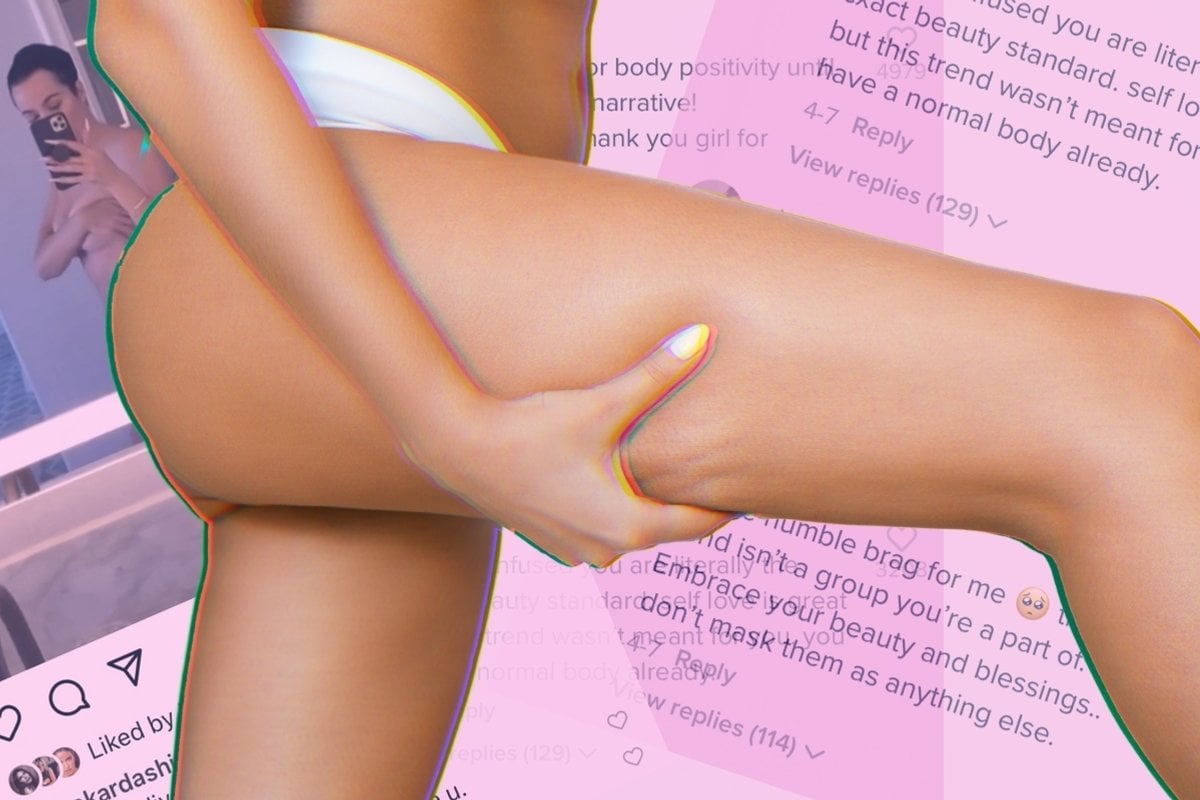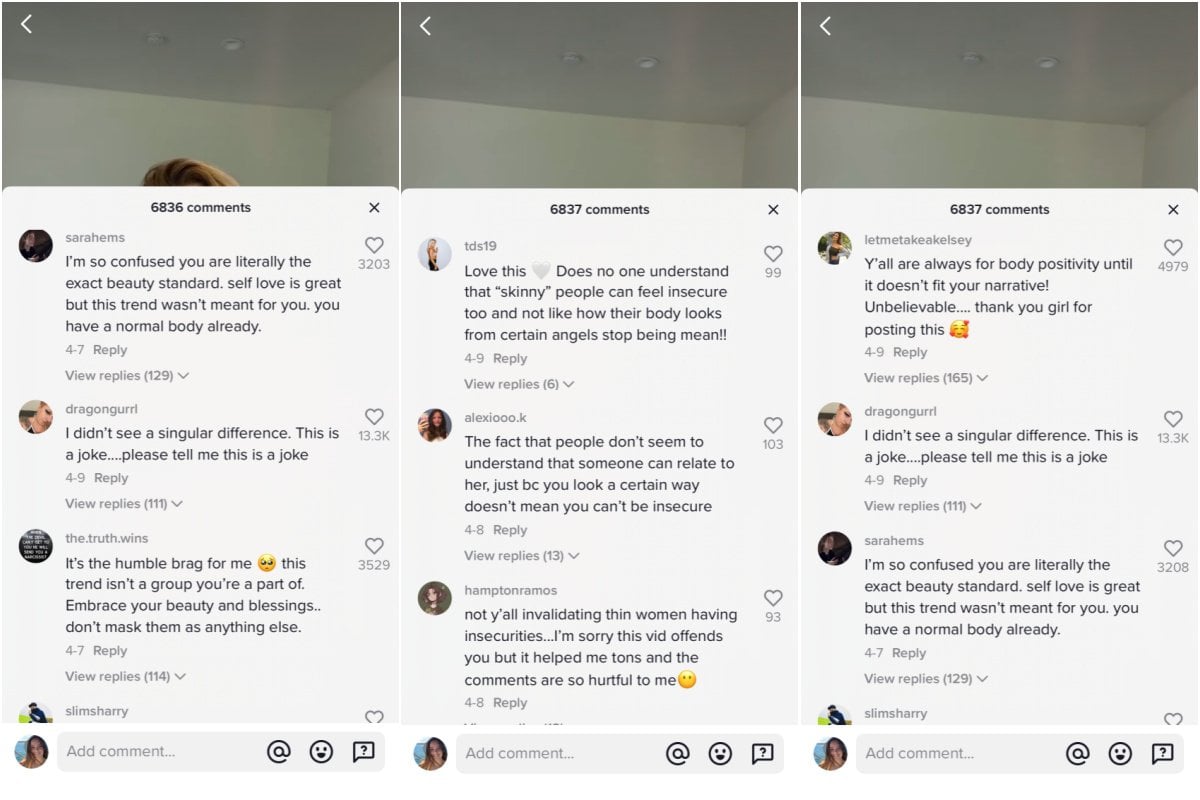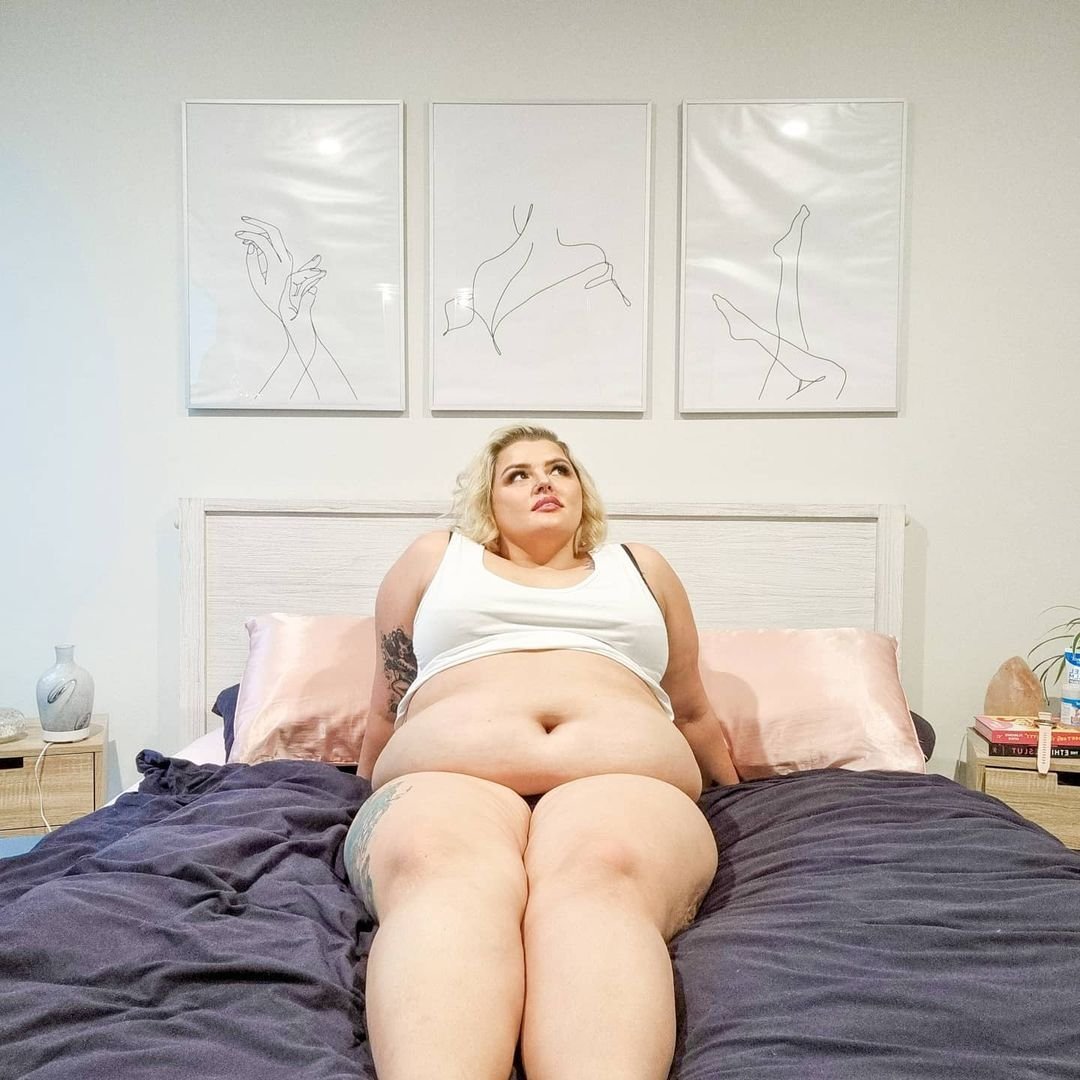
“Bodies that look like this, also look like this.”
If you have a TikTok account, you’ve likely seen this viral trend. It sees people - overwhelmingly women - posing in an 'idealistic' stance before slouching or showing belly rolls in a second shot, to remind viewers that bodies that appear to be 'perfect' on social media can also be 'imperfect'.
The videos are typically accompanied by captions that tell viewers to not compare themselves to the highly edited and enhanced feeds that fill social media.
It was TikTok user Dana Patterson who stopped my thumb from scrolling when she called this trend ‘curated imperfection’.
She defines the term as "showing off your socially acceptable and also profitable imperfections to try to seem relatable… It literally looks the same in each pose."
In other words, ‘curated imperfection’ is when social media users - typically influencers - carefully handpick certain ‘flaws’ that don’t accurately reflect reality.
@danaisabellaaaa #stitch with @karajewel I’m losing my mind
♬ original sound - Dana Patterson
Patterson proposes that this content is, simply, unhelpful.
“We have got to stop posting things like this on social media under the guise of positivity and ‘love yourself’. It’s just curated crap.”
A look at the comments section on this TikTok video shows an audience divided. Whilst some point out the body positivity movement “includes skinny girls too,” others argue that women who fit the ‘beauty ideal’ are causing more harm via this ‘humble brag’. Others add that ‘skinny’ women are faking their flaws to ‘fit in’.



Top Comments